Egypt Identity
The Nile River
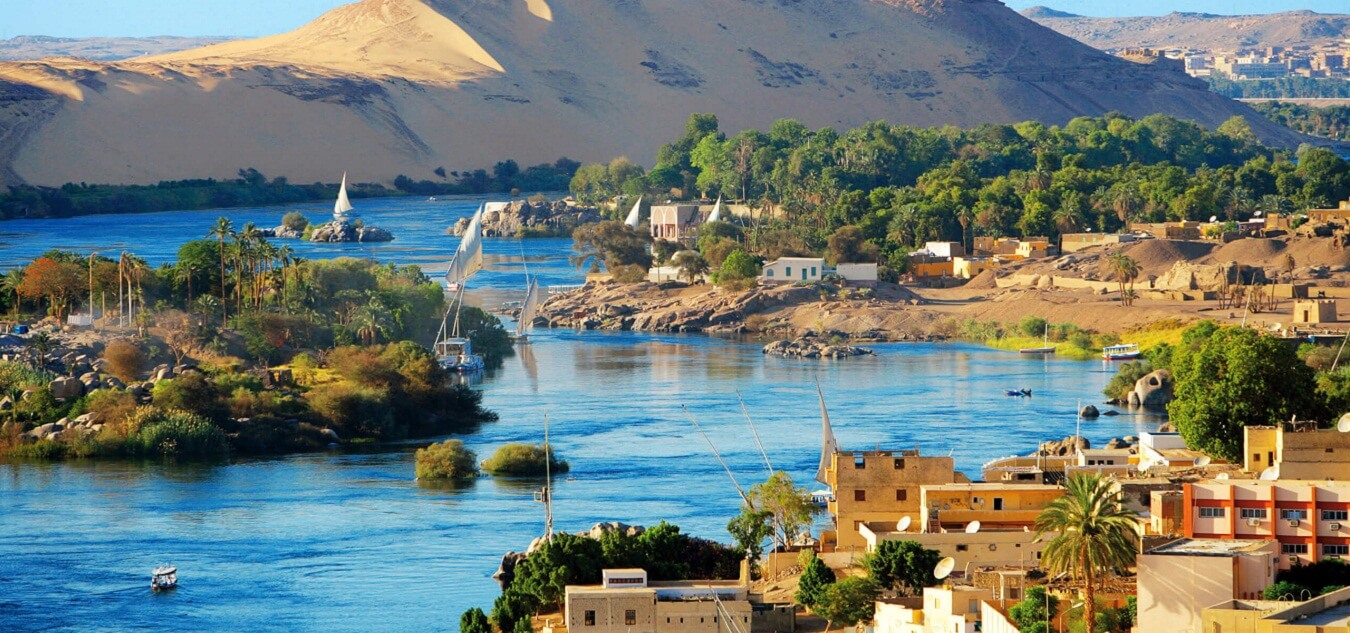
The Nile River is the most important landmark for both modern and ancient egypt. The river and Nile Dam are invaluable to the life of Egyptians as 95% of Egypt’s population relies on its water and lives near its banks. The Nile provides fertile banks for agriculture as well as a central mode of transportation.
King Tut

King Tut is one of Egypt’s most famous pharaohs. Being a pharaoh alone makes him important to Egypt, however he is most famous for his tomb which contained fabulous treasures and the fact he reigned at age 9, giving him the nickname of boy king. His tomb was discovered in 1922 although archaeologists believed all the tombs of his time had been cleared. The 24 pound solid gold mask he was buried in is now on display in the Egyptian Museum in Cairo.
Book of the Dead
The Book of the Dead was written on papyrus and believed to grant access to the afterlife for Egyptians. It contains Ancient Egyptian beliefs which allow us to have a better understanding of their religion at the time. The Book of the Dead was supposedly priced at a ridiculous 1 deben of silver which equals half the annual pay of a laborer making it only obtainable for the wealthy.
Hieroglyphics 
Hieroglyphics are perhaps one of the most important factors of Egyptian identity. They were the writing system used in Ancient Egypt. They were used on tombs and pyramids and used as a way to record major events, making Historian’s jobs a little easier.
Cleopatra
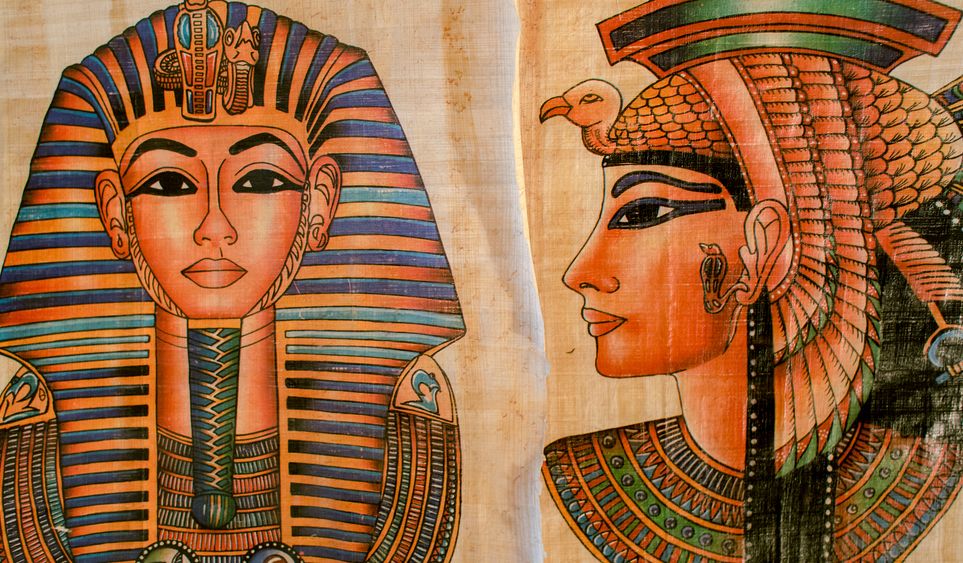
Cleopatra, a wildly famous icon, was the queen for three decades of Ancient Egypt. She’s considered one of the most famous female rulers in all of history. She’s especially important to Egypt because she built up the economy and embraced Egypt’s culture because she wanted the country to remain independent despite her alliance and affair with Julius Caesar.
Lighthouse of Alexandria

The Lighthouse of Alexandria was built around 300 BCE under Ptolemy I Soter. When it was done it was the tallest building in the world aside for the Great Pyramid. Built on the island of Pharos, the lighthouse guided ships in, but also provided a permanent reminder of the greatness and success of Alexandria. It was later destroyed by earthquakes and replaced by the Citadel of Qaitbay.
Pyramids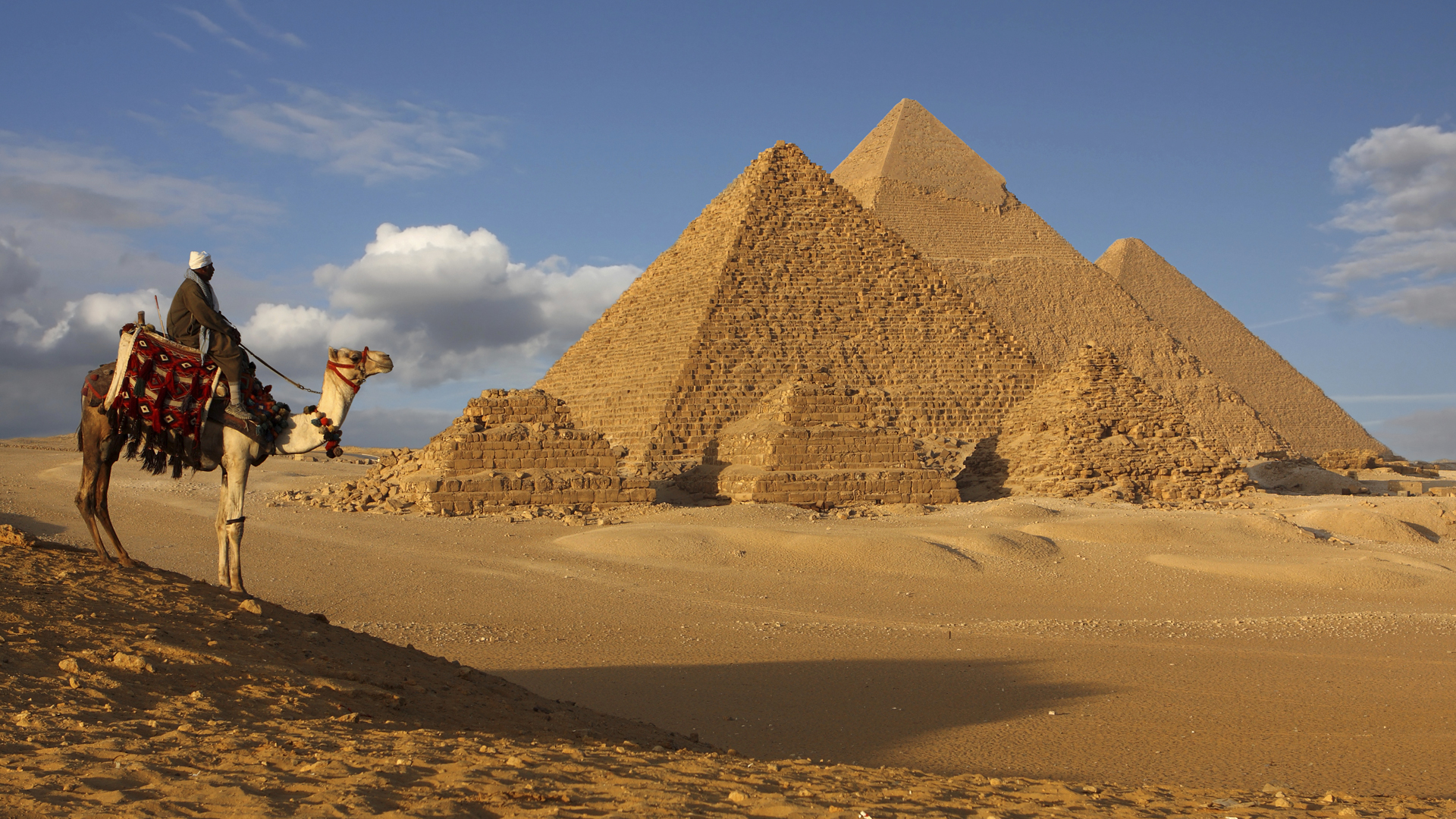
The pyramids of Egypt are without a doubt the country’s biggest attraction and pride and joy. The Great pyramid, pictured above, is the oldest and largest Pyramid of Giza, and is the only surviving structure of the famed Seven Wonders of the Ancient World. Pyramids were built for religious purposes, as Egypt was the first civilization to believe in the afterlife, and many were built as tombs for pharaohs.
Great Sphinx

The Great Sphinx of Giza is the most instantly recognizable statue from ancient egypt and one of the most famous statues in the world. The statue is a limestone creation of the mythical creature, the sphinx, and the head is meant to be the likeness of pharaoh Khafra. The statue faces the sunrise and is supposed to guard the pyramid tombs of Giza.
Arabic
Although Modern Standard Arabic is the official language, Egyptian Arabic, a local dialect, is the most widely spoken language among all languages spoken in egypt. Egypt is the most populous country in the Arab world, and so its Arabic is the most widely spoken Arabic dialect. Egyptian Arabic is understood by almost all of the 300 million Arabic speakers in the world, thanks to the Egyptian cinema and media industry.
Suez Canal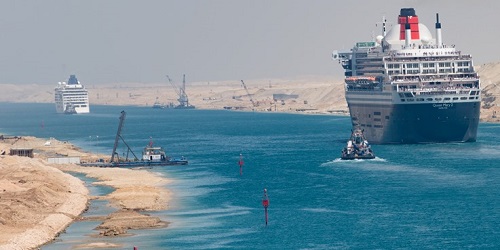
The suez Canal is a manmade waterway finished by the Suez Canal Company in 1869. It’s main purpose is to reduce the sailing journey by providing a direct route between the North Atlantic and northern Indian oceans via the Mediterranean and Red seas. The becoming of the canal is rich in Ancient Egyptian history and the canal still operates today.
Landscape
I believe the landscape of the country is important to the culture and identity of egypt. Southern Egypt consists of low mountains and desert while Northern Egypt has valleys and the Nile River Delta. Still 95% of Egypt is desert making 95% of Egypt uninhabitable so the only civilizations apart from those on the Nile banks are situated near oases in the desert. This means that all 100 million of the population inhabits 5% of the country.
Oldest Civilization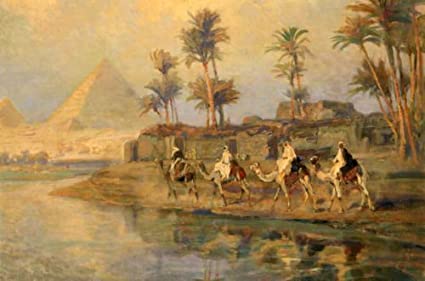
Egypt being one of the oldest civilizations in the world surely has an impact on Modern Egyptians. The ancient Egyptians began building alongside the Nile, building pyramids and began the mummification process all of which got them recognized as a prodigious culture.
